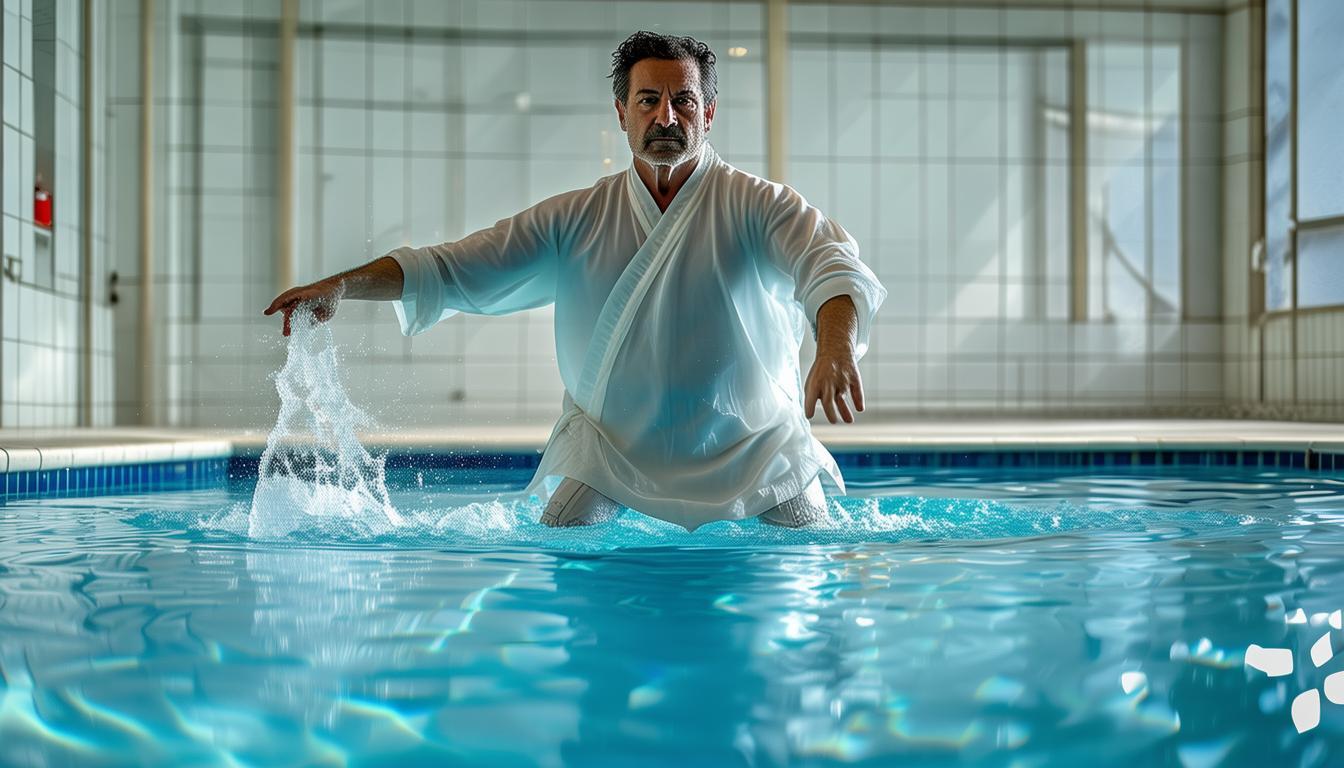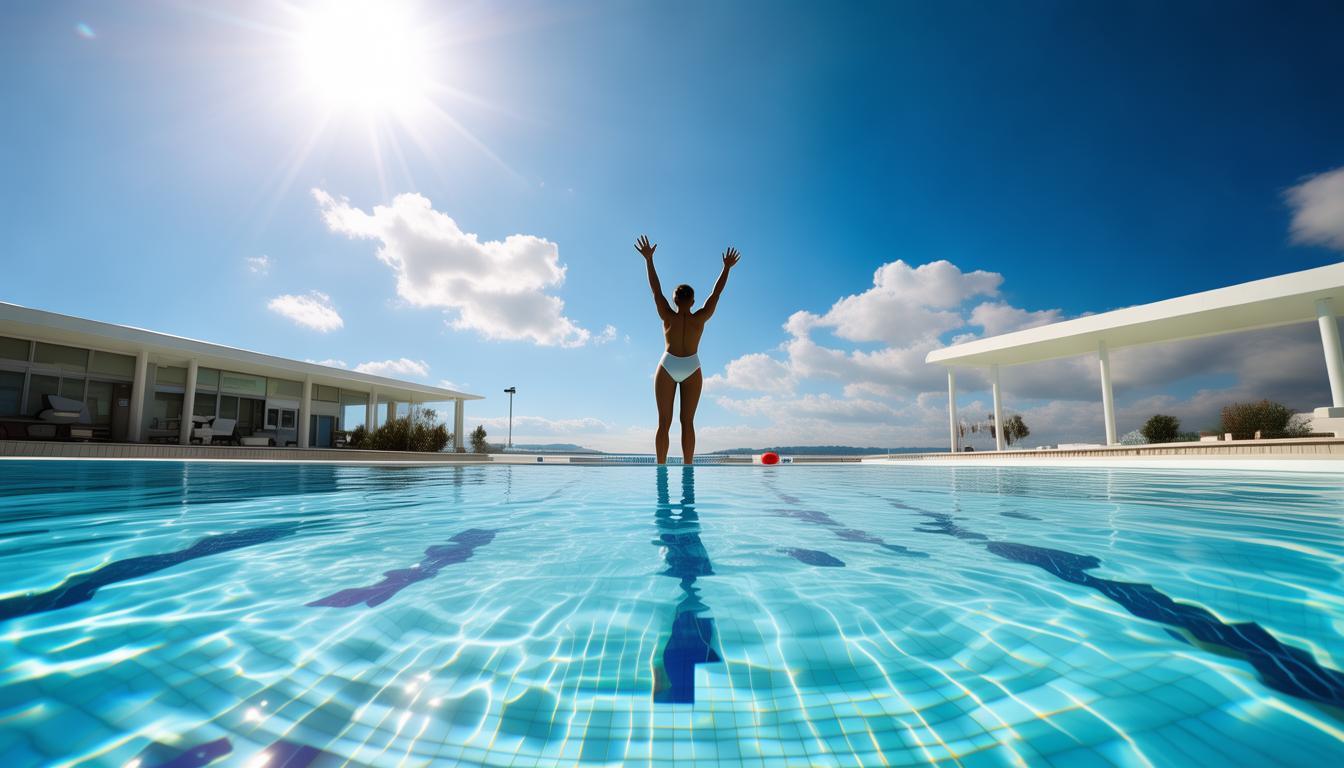Water Tai Chi: Combining The Characteristics Of Hardness And Softness With Water, Enhancing Physical Fitness And Calming The Heart
Water Tai Chi, this movement cleverly integrates the combination of hardness and softness of traditional Tai Chi with the smooth characteristics of water. It not only helps to strengthen physical fitness, but also brings peace and tranquility to the mind. Next, I will explain the various aspects of water Tai Chi from different angles.
Origin of Tai Chi on Water
Tai Chi practice on the water comes from people's desire to enrich forms of movement. Initially, in the hot summer, some Tai Chi enthusiasts began to try to practice Tai Chi moves in water in order to avoid the high temperature. Over time, this unique form of movement has gradually gained wide recognition. Subsequently, some professional Tai Chi coaches also joined the research ranks, making water Tai Chi more standardized and systematic.
Features and benefits

The unique feature of Tai Chi on Water is that it cleverly utilizes the buoyancy and resistance of water. The buoyancy of water can reduce the physical burden on practitioners, and is especially suitable for middle-aged and elderly people and those with joint discomfort. At the same time, the resistance of water can effectively increase the amount of exercise, so that the body can get more exercise in every movement. Persisting in practicing water Tai Chi can not only enhance the strength of the muscles, but also effectively improve the body's balance and flexibility.
Action tips
When practicing Tai Chi on water, the movements should be as gentle and slow as possible. Because the water resistance is high, it is not advisable to move too quickly. For example, raising your hand and turning around should be like drawing smooth lines in water. In addition, breathing and movements need to be performed simultaneously, the movements stretched when inhaling, and the movements contracted when exhaling. This will help improve the body's coordination ability.
Things to note when practicing

Before starting the practice, be sure to warm up and move each joint to prevent cramps in the water. The choice of water temperature is also critical. Excessively cool water may cause physical discomfort. Generally speaking, water temperatures from 25 to 28 degrees Celsius are the most suitable. When practicing, you should adjust the amount of exercise according to your personal physical fitness, and you should take appropriate rest once you feel tired.
Cultural significance
Water Tai Chi is not only a sport, but also contains rich cultural connotations. It brings together the concepts of the harmony between yin and yang and the unity of man and nature in Tai Chi culture. On the rippling water surface, every move and every move seem to tell the profound wisdom of Eastern philosophy. In the middle of this , practitioners can deeply understand the unique charm and powerful vitality of traditional culture.
Have you ever considered experiencing the charm of water Tai Chi for yourself? If you are interested in this, you might as well like tai chi in water and share it so that more people can recognize and appreciate this unique sport.


